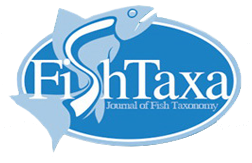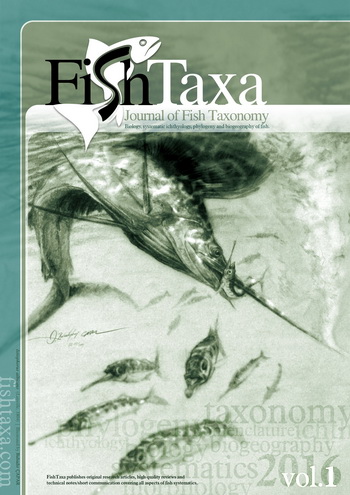Taxonomic Challenges and Advances in Eel Family Classification: Integrating Multidisciplinary Approaches
Murray Mapes, Emma Mouillot School of Biological Sciences, University of Western Australia, Perth, Australia
Abstract
Eels have long been a mystery in taxonomy because of their slender, serpentine bodies and intricate life cycles. Multiple factors make eel classification difficult, including eel species' cryptic looks, complex life cycles, few physical characteristics, and sporadic hybridization. Recent scientific developments, characterized by the fusion of interdisciplinary techniques, have started to shed light on this enigmatic family of fish, nevertheless. The taxonomic difficulties and scientific advances in categorizing the eel family are briefly summarized in this summary. The difficulties in classifying cryptic species, the changes that occur at each step of their life cycles, and the limits of morphology-based classification are all brought to light. Eel taxonomy has undergone a radical change due to the integration of genetic analysis, environmental DNA collection, isotopic analysis, acoustic tracking, comparative morphology, and multidisciplinary cooperation. We embarked on this expedition to investigate the transdisciplinary developments in eel categorization. Along the way, we learn about the hidden variety, intricate ecological patterns, and untold tales of these alluring aquatic creatures.

